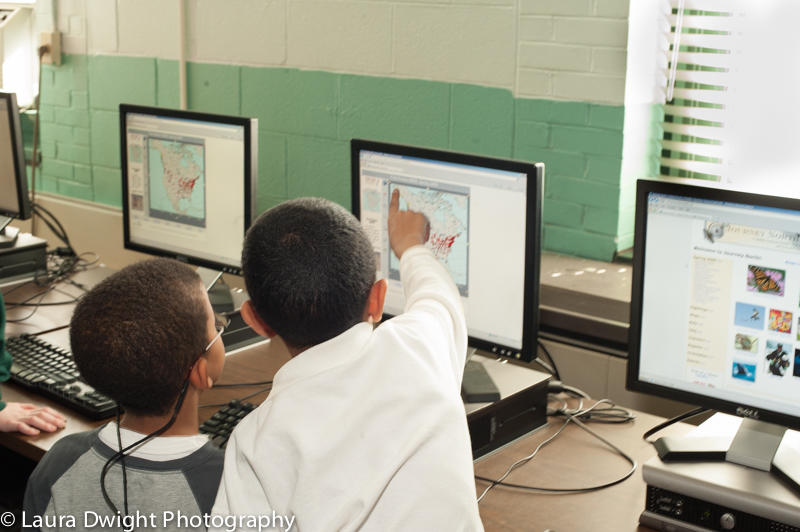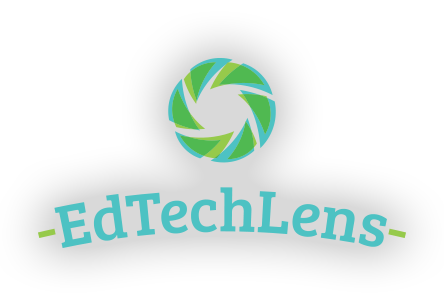
Resources for Children
Links for historical primary resources:
http://www.eduplace.com/kids/socsci/nc/books/bke/sources/index.html
Primary resources for all aspects of science:
http://www.primaryresources.co.uk/science/science.htm
K-5 Collected Primary Sources, click on the source titles to view examples: https://www.oercommons.org/groups/primarysourceprojectk5workinggroup/193/428/?batch _start=10
Reading level is advanced, but kids can easily find sources with the simple search tool: http://www.jstor.org/
Resources for Teachers
Getting Kids Engaged with Primary Sources | Cool Tools, video on how to use digital vault: www.thedigitalshift.com/2013/04/opinion/cool-tools/getting-kids-engaged-with-primary-sources-cool-tools/
The Library of Congress has a program that teaches educators how to use their digital primary source collections and online catalog to enhance their lessons. Classroom activities from the TPS journal are listed in the classroom activities section: http://www.loc.gov/teachers/tps/ http://www.loc.gov/teachers/usingprimarysources/
Search for primary sources and on the left hand side select which area of study you would like to search for, mostly science, but some history as well: http://smithsonian.summon.serialssolutions.com/search?s.q=science+primary+sources
Smithsonian source, has some ideas for teaching American history with primary sources, but can apply concepts to science: http://www.smithsoniansource.org/tea/viewdetails.aspx
K-5 educators convened by ISKME as part of the Primary Source Project. These educators collaboratively create cross curricular lesson plans for grades K5: https://www.oercommons.org/groups/primary-source-project-k-5-working-group/193/information/
Subscription service for primary sources for grades K12, core curriculum aligned: http://www.biblioboard.com/k12.html
A subscription database geared toward elementary schools libraries and kids: http://www.ebscohost.com
Webinar on primary source classroom activities and places to get them, focus is on history but can be applied to science: http://www.teachtci.com/teaching-strategy-and-classroom-technology-webinars/primary-sources-three-places-to-get-them-and-ten-classroom-activities.html
Example of sources in science and primary source sites to look at: http://www.schrockguide.net/primary-sources.html
A list of primary sources in various science subjects: http://guides.lib.washington.edu/content.php?pid=72468&sid=653510
Classroom activities
Tutorial to learn how primary and secondary sources are different: http://www.historyonthenet.com/Lessons/sources/sourcesexplain.htm
Create your own interactive primary sources lesson activities, focus is on history but can search for science related material by keyword. Additional resources for teachers on the bottom right corner: http://docsteach.org/tools
Working in pairs or groups, students analyze key pages from the laboratory notebook of Alexander Graham Bell to discover the elements of the scientific method: http://www.loc.gov/teachers/tps/quarterly/science/activity.html
The archives of The Teaching with Primary Sources (TPS) journal has a number of activities for elementary school. The journal is part of a larger program at the Library of Congress and has many resources for teachers: http://www.loc.gov/teachers/tps/quarterly/archive.html#elementary
Guided questions for students, teaching primary and secondary sources: http://www.georgewbushlibrary.smu.edu/en/Teachers/Classroom-Resources/Primary-Sources-Toolkit.aspx
The National Archives encourages student visits and participation in documentbased programs. National Archives resources for teachers can be found here: www.archives.gov/education/student-visits/
http://www.archives.gov/education/
Links for historical primary resources:
http://www.eduplace.com/kids/socsci/nc/books/bke/sources/index.html
Primary resources for all aspects of science:
http://www.primaryresources.co.uk/science/science.htm
K-5 Collected Primary Sources, click on the source titles to view examples: https://www.oercommons.org/groups/primarysourceprojectk5workinggroup/193/428/?batch _start=10
Reading level is advanced, but kids can easily find sources with the simple search tool: http://www.jstor.org/
Resources for Teachers
Getting Kids Engaged with Primary Sources | Cool Tools, video on how to use digital vault: www.thedigitalshift.com/2013/04/opinion/cool-tools/getting-kids-engaged-with-primary-sources-cool-tools/
The Library of Congress has a program that teaches educators how to use their digital primary source collections and online catalog to enhance their lessons. Classroom activities from the TPS journal are listed in the classroom activities section: http://www.loc.gov/teachers/tps/ http://www.loc.gov/teachers/usingprimarysources/
Search for primary sources and on the left hand side select which area of study you would like to search for, mostly science, but some history as well: http://smithsonian.summon.serialssolutions.com/search?s.q=science+primary+sources
Smithsonian source, has some ideas for teaching American history with primary sources, but can apply concepts to science: http://www.smithsoniansource.org/tea/viewdetails.aspx
K-5 educators convened by ISKME as part of the Primary Source Project. These educators collaboratively create cross curricular lesson plans for grades K5: https://www.oercommons.org/groups/primary-source-project-k-5-working-group/193/information/
Subscription service for primary sources for grades K12, core curriculum aligned: http://www.biblioboard.com/k12.html
A subscription database geared toward elementary schools libraries and kids: http://www.ebscohost.com
Webinar on primary source classroom activities and places to get them, focus is on history but can be applied to science: http://www.teachtci.com/teaching-strategy-and-classroom-technology-webinars/primary-sources-three-places-to-get-them-and-ten-classroom-activities.html
Example of sources in science and primary source sites to look at: http://www.schrockguide.net/primary-sources.html
A list of primary sources in various science subjects: http://guides.lib.washington.edu/content.php?pid=72468&sid=653510
Classroom activities
Tutorial to learn how primary and secondary sources are different: http://www.historyonthenet.com/Lessons/sources/sourcesexplain.htm
Create your own interactive primary sources lesson activities, focus is on history but can search for science related material by keyword. Additional resources for teachers on the bottom right corner: http://docsteach.org/tools
Working in pairs or groups, students analyze key pages from the laboratory notebook of Alexander Graham Bell to discover the elements of the scientific method: http://www.loc.gov/teachers/tps/quarterly/science/activity.html
The archives of The Teaching with Primary Sources (TPS) journal has a number of activities for elementary school. The journal is part of a larger program at the Library of Congress and has many resources for teachers: http://www.loc.gov/teachers/tps/quarterly/archive.html#elementary
Guided questions for students, teaching primary and secondary sources: http://www.georgewbushlibrary.smu.edu/en/Teachers/Classroom-Resources/Primary-Sources-Toolkit.aspx
The National Archives encourages student visits and participation in documentbased programs. National Archives resources for teachers can be found here: www.archives.gov/education/student-visits/
http://www.archives.gov/education/

